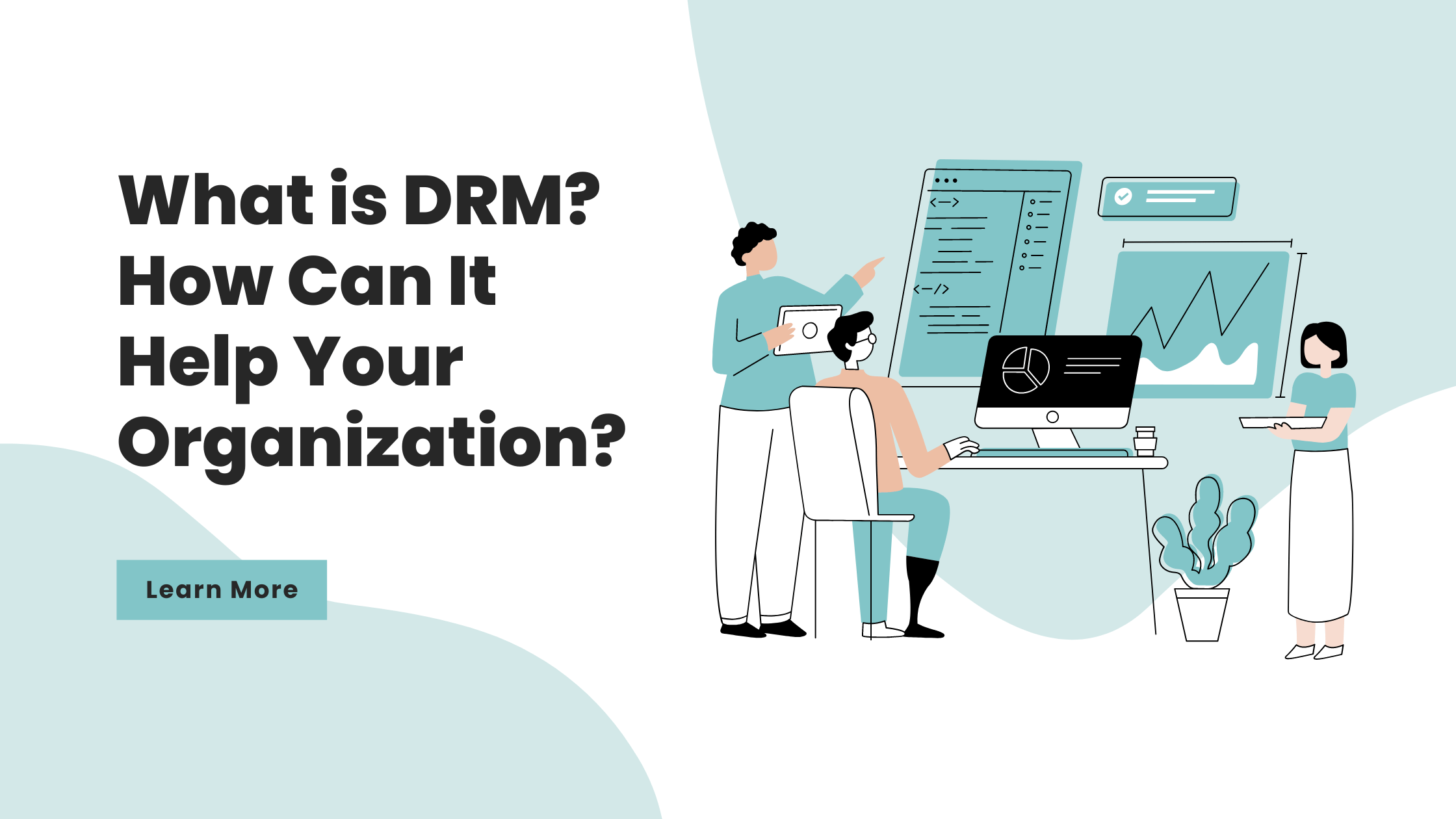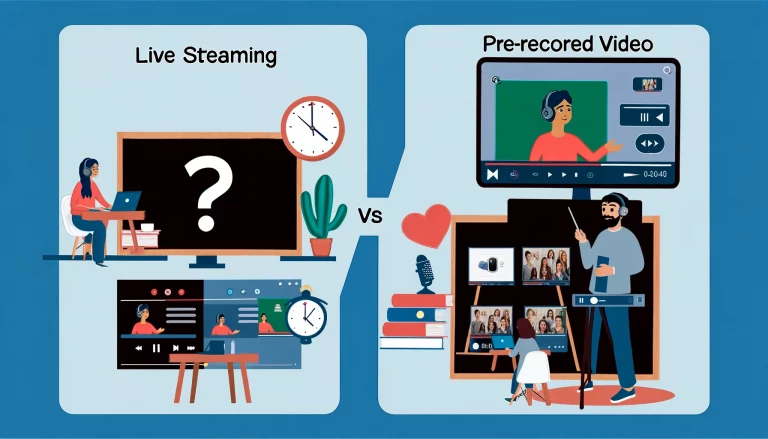What is DRM? How Can It Help Your Organization?

In today’s digital age, protecting sensitive data and intellectual property is paramount for organizations of all sizes.
This is where Digital Rights Management (DRM) comes into play.
But what exactly is DRM, and how can it benefit your organization?
Let’s break it down into simple terms and explore its significance.
What is DRM?
Digital Rights Management (DRM) refers to a set of technologies and strategies used to control access to digital content, such as documents, videos, music, and software.
DRM enables content creators and distributors to manage who can access their content, under what conditions, and for how long.
How Does DRM Work?
DRM prevents screen recording by working directly with the operating system (OS) of a device.
When you try to play DRM-protected content, the DRM system tells the OS to block any screen recording software from capturing what’s being displayed.
It’s like having a security guard that stops anyone from making copies or screen recording of a DRM encrypted video.
This ensures that the content can only be viewed in the way the content creators intended, keeping it safe from unauthorized copying or sharing.
Key Components of DRM
- Encryption: The content is encrypted, making it unreadable without the correct decryption key.
- Licensing: When you purchase or access DRM-protected content, you are essentially getting a license to use it under specific conditions.
- Authentication: To use the content, your device or software must authenticate itself, proving that it has the right to access the content under the terms of the license.
How Can DRM Help Your Organization?
- Shields Your Intellectual Property: DRM safeguards your creative work, confidential documents, and software from unauthorized copying, distribution, or modification. This protects your investments and maintains the value of your intellectual property.
- Controls How Your Content is Used: DRM allows you to define how users can access and use your content. This ensures compliance with license agreements and prevents misuse.
- Boosts Revenue Streams: By controlling access and preventing piracy, DRM helps organizations generate revenue from their intellectual property. This is especially crucial for businesses selling digital products like videos, software, or online courses.
- Ensures Compliance: In some industries, DRM might be necessary to comply with data protection and privacy regulations.
DRM in Action: A Practical Example
Let’s say your organization produces training videos.
You want to sell these videos to companies but need to ensure they’re not distributed freely or accessed by unauthorized users.
By implementing DRM:
- Encrypt the videos so only authorized users can view them.
- Set Licenses that allow videos to be played only on registered devices within the purchasing company.
- Require Authentication for users to access the videos, ensuring only those with the rights can view them.
Conclusion
DRM is a powerful tool for protecting and managing digital content.
In a world where content is king, protecting your creative work is paramount.
TPStreams offers hosting and live streaming services designed with DRM protection at its core.
This means your videos aren’t just stored and broadcasted with excellence; they’re also armored against unauthorized access and distribution.
Whether you’re in education, entertainment, or any field in between, TPStreams ensures your content is secure and streamed seamlessly to your audience, just as you envisioned.

